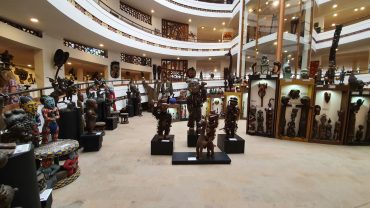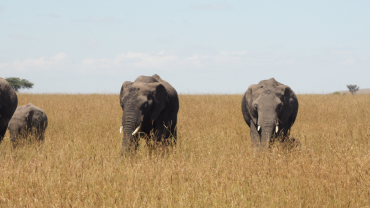There’s nothing quite like the baobab (Adansonia digitata), whose thick, sturdy trunk and stunted root-like branches make up an instantly recognisable symbol of Africa. Its unusual form gave rise to the traditional belief that the tree displeased a deity who promptly plucked it in anger and thrust it back into the ground upside down. Or as the great writer on Africa Ryszard Kapuściński wrote: ‘Like elephants among other animals, so are baobabs among trees: they have no equals’.
Tarangire’s baobabs can reach up to 30m high, some trunks have an 11m diameter, and some trees have reached the grand age of around 1000 years; the oldest recorded baobab, attaining a venerable 6000 years, was in South Africa. As you’ll see from the baobabs around the park, elephants love baobab bark, although it’s rare that elephants can actually kill the tree; most baobabs regrow their bark with no lasting damage done.
The baobab is found in most parts of Africa – there are only two species in mainland Africa, with a further six in Madagascar and one in Australia – and serves a variety of practical, often essential purposes. The hollow trunk sometimes holds rainwater (up to 125,000L), making it a useful reservoir in times of drought. The tree’s large pods (which resemble pendulous Christmas decorations) contain seeds encased in a sherbet-like substance that can be eaten or made into a juice-like drink. The pods themselves are used to make cups or bowls (often for drinking palm wine) and as fuel; they burn slowly and are especially good for smoking fish. The leaves of the baobab can be eaten when chopped, boiled and made into a sauce; they can also be dried and ground into a paste to use as a poultice for skin infections and joint complaints.



Comment (0)